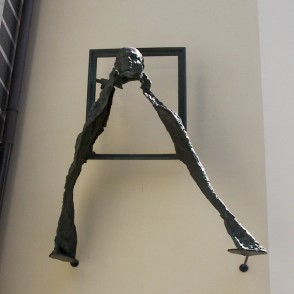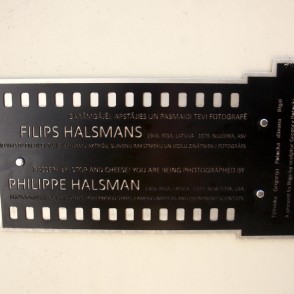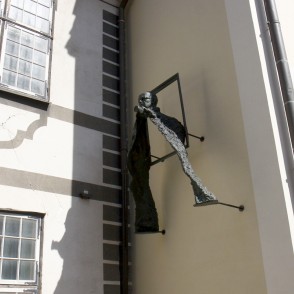The Museum of Decorative and Design Art is located in the former St. George’s Church building (1204), which is the oldest stone building in Riga. It features seven collections of decorative and design art work.
Skārņu iela 10, Rīga, LV-1050, Latvija
+371 67222235
dmdm@lnmm.lv
www.lnmm.lv
The Museum of Decorative and Design Art has collections of unique textile articles, ceramics and porcelain, metal art and decorative wooden, leather, glass and design art.
The museum owns the biggest existing collection of works by the founders of Latvian modernism, artists of the Baltars porcelain painting workshop: Romans Suta (1896–1944), Aleksandra Beļcova (1892–1981) and Sigismunds Vidbergs (1890–1970). Latvian modernism is defined by the abstract geometrical forms inspired by the Cubist, Futurist and Art Deco movements, decorative colours and shapes and graphic subtlety. The collection of works spans the time from the late 19th century to the present.
Permanent displays of the Museum of Decorative Arts and Design on the 1st and 2nd floor introduce the work of individual artists and the prevailing art styles and directions of various periods.
Alongside the permanent exhibitions, the museum presents a wide range of temporary shows and annual exhibitions of Latvian and international decorative art and design. A significant role in the activities of the museum is played by creative workshops (fabric printing, wool felting, etc.) and other events which is a great opportunity to express your creative imagination.
The Museum of Decorative Arts and Design (MDAD) has been open to the public since 6 July 1989. The museum has seven collections: textile art, ceramics, metal, leather, decorative wood and glaas art as well as a design collection.
The permanent display introduces visitors to the work of Latvia’s leading artists in decorative art and design. It tells about the dominant styles and movements in the period from the end of the 19th century to the present day. Alongside the permanent display, the museum regularly offers a broad range of exhibitions. Every year there are on average five exhibitions in the museum’s Great Hall. Special thematic shows associated with the permanent display are held in the vestibules on the museum’s upper floors.
When organising exhibitions, the museum makes creative use of its own collections and those of other museums in order to develop the public’s understanding of the history, present and future of decorative applied art and design. When organising exhibitions and educational programmes, the museum collaborates with working artists, designers and partner institutions in Latvia and abroad. IN its operations the museum strives to reflect the current processes in decorative applied art, fashion and design. The museum engages in interdisciplinary experimental projects that promote creative synergies between various branches of art.
An important role of the museum is in work on lifelong learning in order to encourage public interest in decorative applied art, craftsmanship and design. The museum is actively involved in developing closer ties between creators and consumers as well stimulating the exchange of opinions among professionals. There are regular series of various lectures and dialogues as well as creative workshops for children and adults. The series of conversations “Design Talks. Latvian Designers” has become especially popular in recent years. In its fourth season, the series has turned into a broader programme of events under the title of “Design Talks”.




